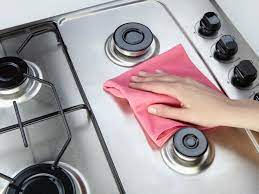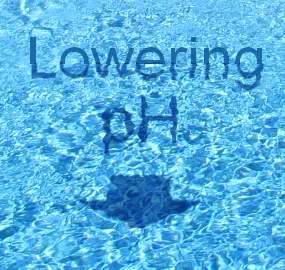Carpet Stains
Carpet Stains
Proper carpet stain identification will help ensure greater success in making your stains disappear.
Just as a doctor needs to know a patient's symptoms for proper treatment, a stain must be properly identified for its successful removal.
How is a carpet stain identified?
Stains come in different types and forms ... all shapes, sizes, odors, and textures.
The types of stains can be categorized as:
- Water Soluble Stains can be removed with water based cleaning products. Most stains are considered water soluble.
- Non-water Soluble Stains do not respond to water based cleaning solutions and can include oils, greases, adhesives, gum, tar, and paint. To be removed with a water based cleaner, they must be converted to a water soluble form.
- Combination Stains contain both water and non-water soluble stains. Successful removal requires treatment of both water based and non-water based cleaning solutions.
- Insoluble Stains do not respond to either water based or non-water based cleaning products. Copy machine toner is an example.
- Chemical Stains must undergo a chemical reaction before treating with a water based or non-water based cleaning agent. Examples include urine and rust stains.
The form in which a carpet stain is found is another factor in identifying the subject stain.
- Surface stains are only present on or between the fibers as seen with gum, tar, or grease.
- Absorbed stains penetrate the fiber as seen with urine, coffee or ink.
- Complex stains are found on the surface and are absorbed into the carpet fiber. Paint and lipstick are examples of complex stains.
- Dye stains add color to the carpet fiber when dyes are spilled. Examples are food and beverage spills containing dyes.
- Damaging stains are evidenced when the staining material alters or damages the carpet fiber. Examples include bleach, burns, and acne medication. This is often seen as color/dye loss or melted carpet fibers. This form of stain cannot be corrected by cleaning.
Other clues which may help identify a stain are the shape (geometric design, irregular, or spots in a line), odor (pet urine), or texture (gum, candle wax, sticky, etc.).
The easiest way to identify a stain is to simply ask someone who may have been a witness to the stain happening. If someone knows what caused the stain it will take the guess work out of trying to identify it.
Once the type of stain is identified, a proper decision for cleaning can be confidently made
- Tags: advice cleaning cleaning tips science
- Matthew Smith



Comments 0